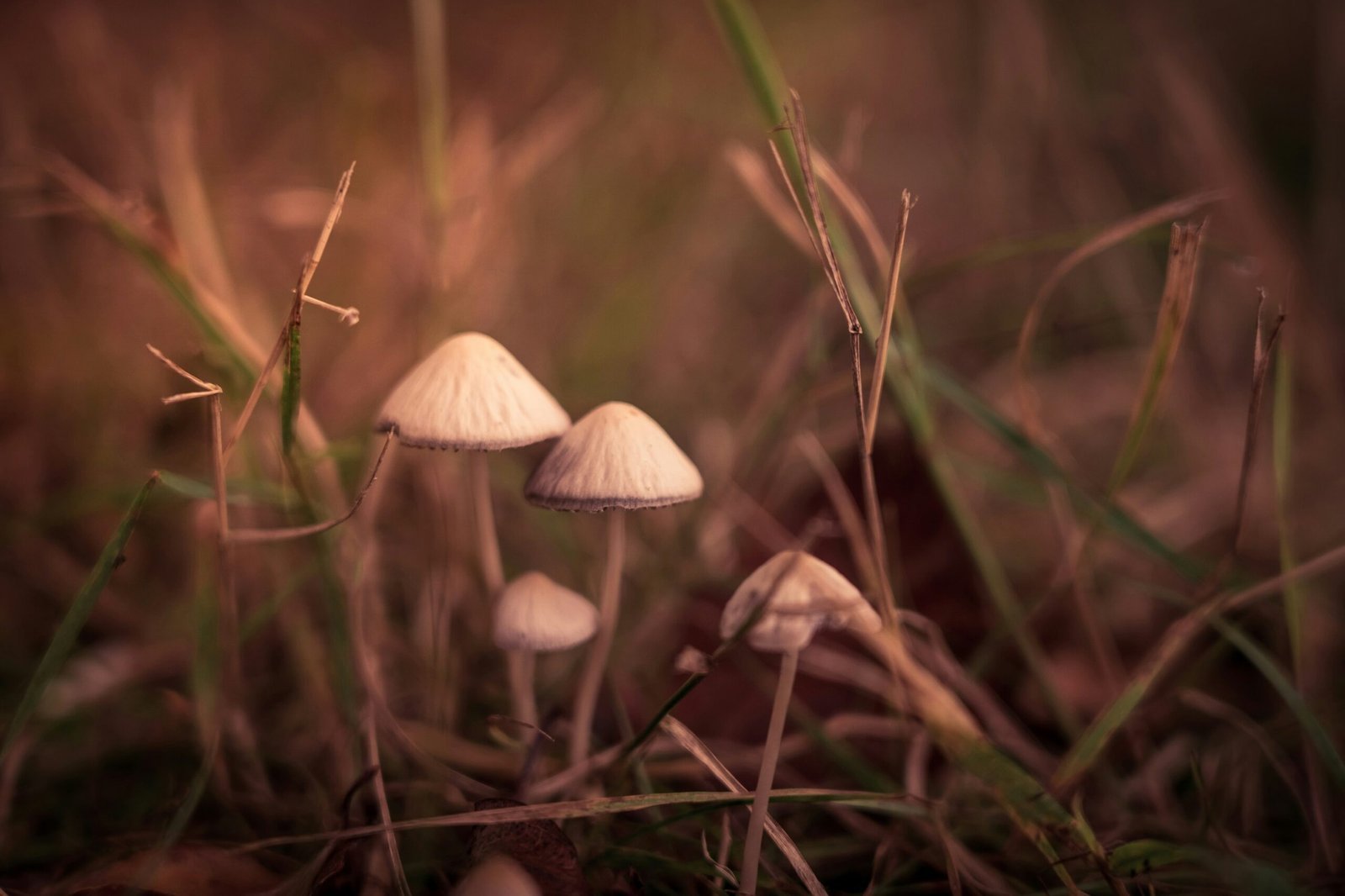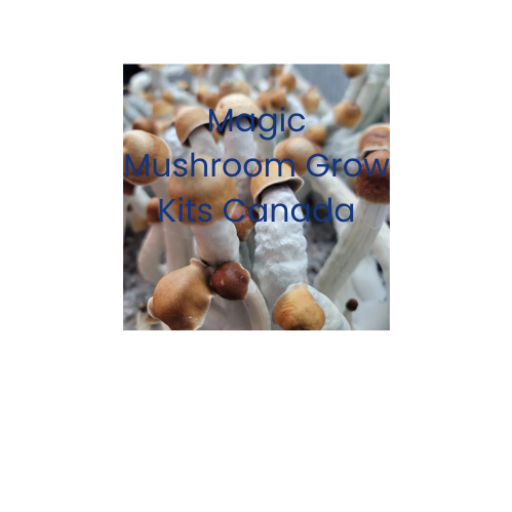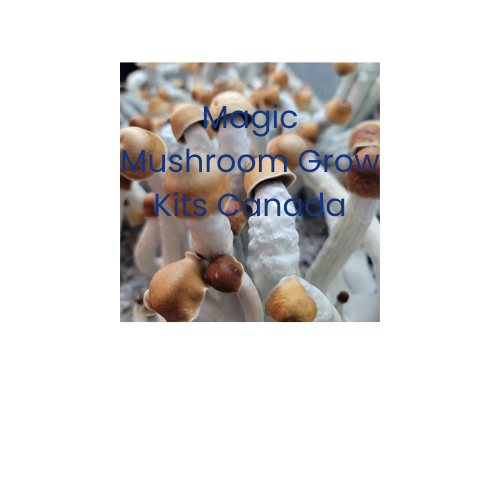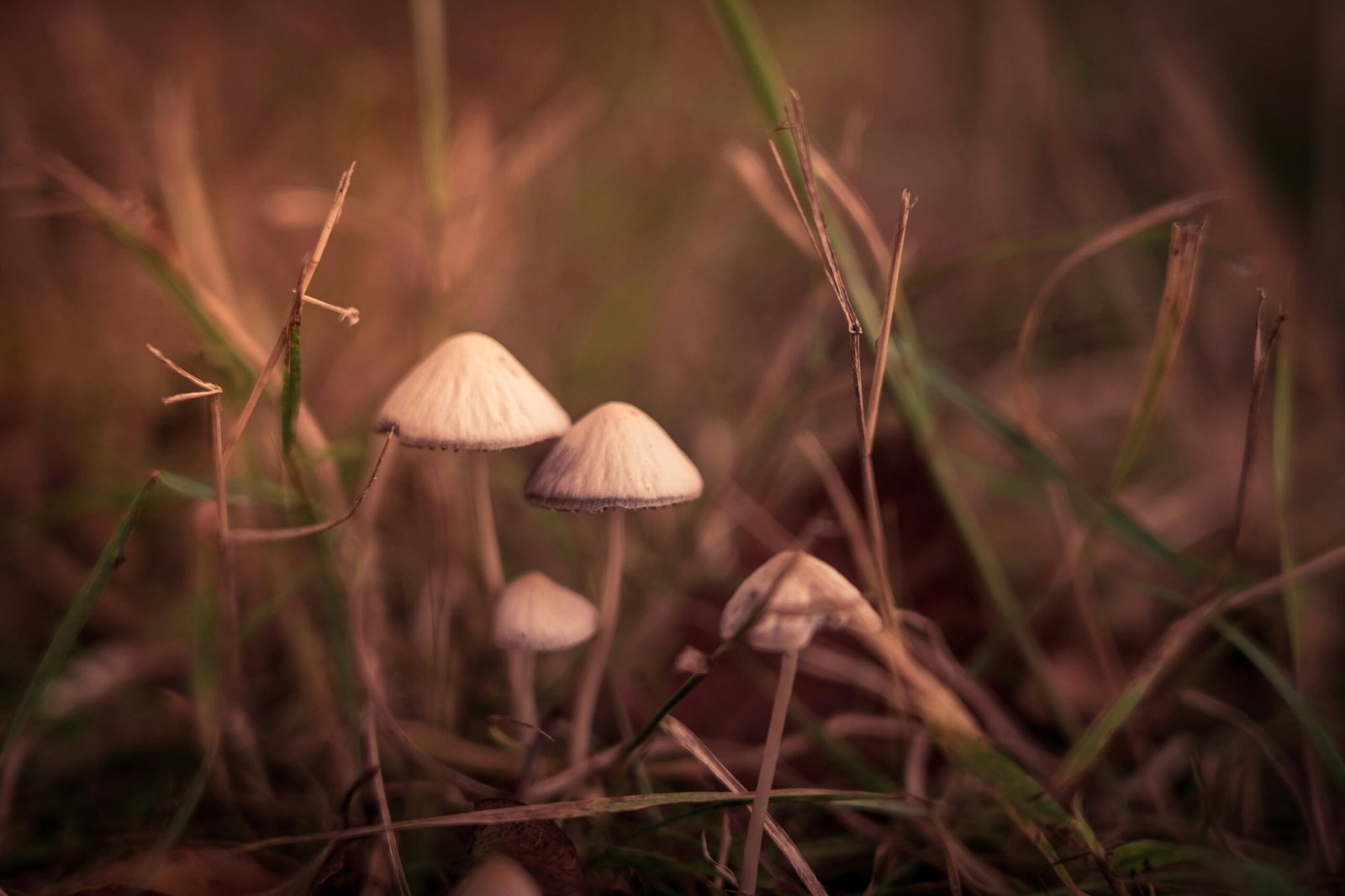Health & Wellness
Unlocking the Potential: A Comprehensive Guide to Microdosing with Magic Mushrooms

Understanding Microdosing: What It Is and How It Works
Microdosing refers to the practice of consuming sub-threshold doses of psychedelic substances, specifically focusing on magic mushrooms containing psilocybin. Typically, this involves taking approximately one-tenth to one-twentieth of a recreational dose, which usually translates to about 0.1 to 0.3 grams of dried mushrooms. The intent behind microdosing is to experience the benefits of psychedelics without the intense hallucinogenic effects that can occur at higher doses. Users often report enhanced creativity, improved mood, and increased focus, providing a subtle yet significant boost in their daily functioning.
The science behind microdosing revolves around the interaction of psilocybin with serotonin receptors in the brain, particularly the 5-HT2A receptor. This interaction can lead to increased neuroplasticity and enhanced cognitive flexibility, which are crucial for adapting to new information and experiences. Additionally, studies suggest that microdosing may alleviate symptoms of anxiety and depression, offering an alternative approach to mental health treatment. While research is still in its infancy, preliminary findings indicate that the physiological effects of low doses of psilocybin contribute to various psychological benefits.
Psychedelics like magic mushrooms have a long historical context, having been used in various cultures for centuries for spiritual and medicinal purposes. The 20th century saw a decline in the acceptance of these substances, largely due to societal stigma and regulatory restrictions. However, in recent years, there has been a resurgence of interest in psychedelics, driven by a new wave of scientific inquiry and personal testimonies. This renewed attention has prompted discussions around the therapeutic potential of microdosing, particularly in addressing contemporary mental health challenges. As microdosing continues to gain traction, it becomes essential for individuals to understand its implications and the underlying mechanisms that drive its effects.
Benefits of Microdosing Magic Mushrooms: What Research Says
The practice of microdosing magic mushrooms, which involves the consumption of sub-perceptual doses of psilocybin, has garnered significant attention in recent years. Researchers and enthusiasts alike have pointed to a variety of potential benefits linked to this practice, underpinned by both scientific studies and personal anecdotes. Notably, many individuals who microdose report enhancements in creativity, productivity, and emotional well-being.
Recent studies suggest that one of the primary advantages of psilocybin microdosing is its impact on mood improvement. Individuals who engage in this practice often describe a heightened sense of optimism and increased emotional resilience. Scientific findings indicate that psilocybin activates serotonin receptors in the brain, which could lead to improved mood regulation and a decrease in symptoms associated with depression and anxiety. The neuroplasticity that is associated with psychedelics may also contribute to a more adaptable mind, allowing individuals to navigate life’s challenges more effectively.
Furthermore, anecdotal evidence from microdosers often points to a boost in creativity and problem-solving abilities. Many users claim to experience a greater flow of ideas and enhanced cognitive flexibility, which can be particularly beneficial in professional and academic settings. While rigorous scientific investigations into these claims are still in their infancy, the prevailing sentiment among microdosers supports the notion that these small doses can cultivate a more innovative and productive mindset.
In addition to creativity and mood enhancements, microdosing has been cited as a means of alleviating anxiety and depressive symptoms. Some studies indicate that microdosing can provoke lasting shifts in emotional regulation, allowing individuals to tackle their mental health challenges with renewed vigor. Though further research is always necessary to substantiate these claims, current findings provide a promising outlook on the multifaceted benefits of microdosing magic mushrooms.
Practical Guide to Microdosing: Dosing, Schedules, and Safety Tips
Microdosing with magic mushrooms is an emerging practice that involves consuming sub-perceptual doses of psilocybin-containing mushrooms to enhance creativity, productivity, and overall well-being. To initiate this process safely and effectively, it is crucial to understand the recommended dosing protocols, schedules, and safety tips associated with microdosing.
One popular method of microdosing is the ‘Fadiman method,’ named after psychologist James Fadiman, who has extensively researched the topic. This approach typically involves consuming a dose of approximately 0.1 to 0.3 grams of dried magic mushrooms every three days. On the first day, the microdose is taken, followed by two days of abstaining. This helps users gauge the effects without experiencing a tolerance build-up, ensuring that each dose remains effective.
When preparing for microdosing, it is essential to weigh the magic mushrooms accurately. Utilizing a digital scale can help achieve the desired microdose reliably. Users can choose to consume the mushrooms in various forms, such as raw, brewed in tea, or mixed into food. It is advisable to maintain a log to document dosing times, amounts, and any observed effects, facilitating a reflective practice that enhances the microdosing experience.
Safety is paramount when it comes to microdosing. Individuals should be aware of potential side effects, which may include anxiety, nausea, and changes in mood or perception. Furthermore, the legality of psilocybin varies by location, so it is vital to stay informed about local laws. Consulting with a healthcare professional before starting a microdosing regimen is strongly recommended, especially for individuals with underlying health conditions or those taking other medications.
Lastly, while microdosing can yield potential benefits, maintaining a balanced lifestyle is crucial. Engaging in regular physical activity, adhering to a nutritious diet, and practicing mindfulness or meditation can complement the effects of microdosing and contribute to overall well-being.
Personal Stories and Experiences: The Microdosing Journey
The journey of microdosing with magic mushrooms has been a transformative experience for many individuals, often leading to profound personal revelations. One notable account comes from Sarah, a graphic designer from California, who initially turned to microdosing to address her persistent anxiety. She reported that after several weeks of incorporating small doses of psilocybin into her routine, she noticed a marked reduction in her anxiety levels. Sarah described her experience as “finding clarity amidst chaos,” allowing her to engage more fully in her creative work and personal life.
Another compelling story is shared by Mark, a tech entrepreneur who began microdosing to boost his productivity and focus. He found that small doses of magic mushrooms helped him break through mental barriers and enhanced his problem-solving skills. According to Mark, the process allowed him to approach challenges with a fresh perspective. He emphasizes the importance of dosage, asserting that it took experimentation to find his ideal amount, which ultimately contributed to his success in both personal and professional endeavors.
Conversely, not all experiences have been wholly positive. Lisa, a college student, recounts her initial foray into microdosing, which led to feelings of discomfort instead of the expected clarity. After a few attempts, she realized that the doses were too potent for her and decided to adjust her approach. This adjustment eventually resulted in a more balanced experience, allowing her to manage the stress of academic life effectively.
These varied accounts highlight the diverse intentions and outcomes associated with microdosing magic mushrooms. Each individual’s response to the practice emphasizes the importance of personalizing dosage and understanding one’s needs. Many advocates encourage open discussions about both the beneficial aspects and the potential challenges of microdosing, fostering a supportive community for those exploring this emerging practice.


